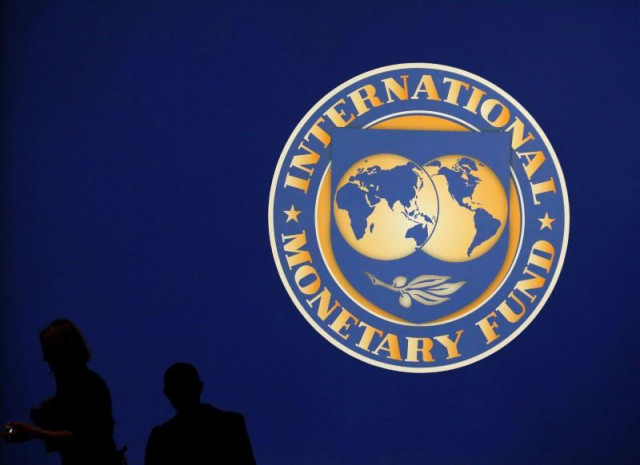
The money was thrown into the inter-bank market by the central bank during the time when Pakistan was not in the IMF programmes, showed the official record.
The expensive exercise continued during the tenures of Pakistan Peoples Party (PPP), Pakistan Muslim League-Nawaz (PML-N) and Pakistan Tehreek-e-Insaf (PTI).
The $24-billion or equal to Rs3.7 trillion at the current exchange rate – an amount if used through proper planning – might have helped in propelling economic growth and addressing many structural issues of Pakistan’s economy.
The record showed that the central bank did not sell dollars in the inter-bank market during the period when Pakistan was under an IMF programme. Instead during IMF programmes, the central bank bought $5.5 billion from the market, including $3.9 billion from July to December 2019, showed the official record maintained by the central bank.
The official record showed that from July 2012 to July 2013, the central bank pumped $3.43 billion into the inter-bank market. This was the period when the PPP government was on his way out and a caretaker government had initiated the process for a bailout package with the IMF.
But the size of the central bank intervention was not very large, except for in one quarter when it exceeded $500 million. The new PML-N government signed a $6.2-billion three-year deal with the IMF in July 2013 that stopped central bank intervention in the market. During the three-year period of the IMF programme, the SBP bought a net $1.7 billion from the inter-bank market but it also continued to sell dollars.
However, the highest amount of money that the central bank injected into the inter-bank market was from October 2016 to June 2019 – the period when there was no IMF programme in Pakistan. The SBP poured $20.7 billion into the inter-bank market during this period. The highest amount that the SBP utilised to defend the rupee in any quarter was $2.2 billion that it pumped between May and June 2018, followed by $1.8 billion from January to March 2018.
This included nearly $4.5 billion the central bank pumped into the inter-bank market from October 2018 to April 2019 when the PTI was in power.
The central bank also pumped $1 billion into the inter-bank market from October to December 2018.
Apparently, the $24 billion was given against the letters of credit issued for imports but the real purpose was to defend the rupee.
“It was the decision of the SBP to inject money into the inter-bank market as the central bank was responsible for the foreign exchange market,” said Minister for Planning, Development and Special Initiatives Asad Umar while talking to The Express Tribune.
Umar, who was the finance minister between August 2018 and April 2019, said the central bank did not ask the Ministry of Finance before selling dollars in the inter-bank market.
Even if any finance minister asks the SBP governor to intervene in the inter-bank market, at the end of the day the final decision is taken by the governor, said Umar.
But decision-makers are of the view that these market interventions were critical for an “orderly” transfer from a managed exchange rate regime to the one determined by market forces. “Had the central bank not used foreign exchange reserves during the time when there was shortage of dollars, it would have serious consequences for the rupee-dollar parity,” said Umar.
“The choice was between a gliding path and an overnight jump to the market-determined exchange rate,” he said while explaining the background of the central bank’s decision to use dollars to stabilise the rupee. Out of the $24 billion, nearly $20 billion was used at a time when Pakistan’s current account deficit had touched a historic high.
“The decision to use foreign exchange for defending the rupee value is collectively taken by the prime minister, finance minister and SBP governor,” a former central bank governor told The Express Tribune on condition of anonymity.
He said it was the choice of the federal government to defend a certain value of the rupee. The ex-governor said there was no legally defined mechanism for intervening in the market.
Queries had also been sent to the SBP chief spokesperson for comment and his response was awaited till the filing of the story.
Despite throwing $24 billion into the market, neither the federal government nor the former governors of the central bank were ready to take responsibility of the decision.
Even the $24-billion injection could not stop a steep devaluation of the currency that eventually found its place at Rs155 to a dollar from Rs105 in November 2017. It seems that the only way to ensure prudent utilisation of the precious foreign exchange reserves was to create a legal structure that could lay down processes and responsibilities for inter-bank interventions.
The former governor agreed that there had to be a legally defined mechanism, spelling out the authority and responsibility for using the foreign exchange reserves to avoid blame game. The IMF and Pakistan are currently in the process of amending the State Bank of Pakistan Act 1956 aimed at giving more autonomy to the central bank. But the Memorandum of Economic and Financial Policies is silent on the issue of a legal structure for inter-bank market interventions.
It indicates that neither the central bank and the finance ministry, nor the IMF have proposed any mechanism to be included in the new bill to check these unbridled powers.
The memorandum does talk about giving more powers to the SBP but without defining accountability mechanisms.
The writer is a staff correspondent
Published in The Express Tribune, January 20th, 2020.
Like Business on Facebook, follow @TribuneBiz on Twitter to stay informed and join in the conversation.
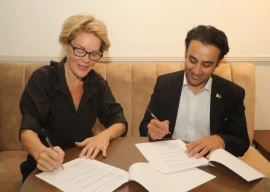

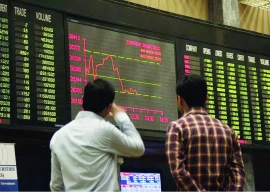
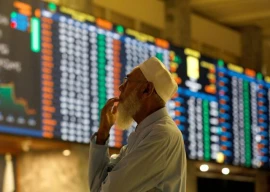





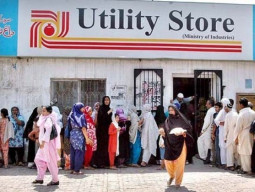








COMMENTS
Comments are moderated and generally will be posted if they are on-topic and not abusive.
For more information, please see our Comments FAQ